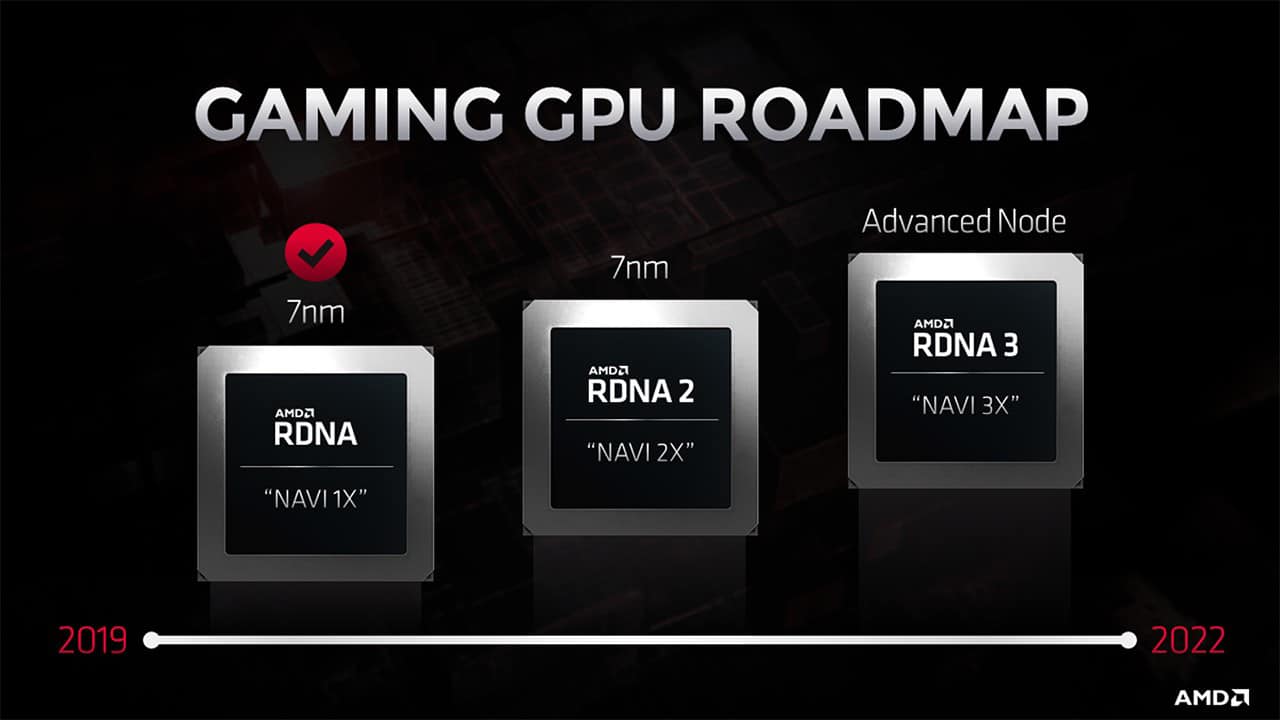AMD GPU, in the future chiplet-accelerated machine learning?
That in the future of GPU AMD there is a chiplet-based design it’s pretty clear. The US company has gained a lot of experience with the last two generations of Ryzen CPUs and was able to touch the advantages of the “modular” design, in terms of costs, yields and final performance.
A project where different chips on the same PCB work together thanks to high-speed connections allows to go beyond the constraints of monolithic designs and have greater flexibility also in terms of offer. It is therefore not surprising AMD’s latest patent surfaced on the net, entitled “Chiplet-integrated machine learning accelerators“.
AMD has an “aggressive roadmap” involving the use of chiplets in conjunction with 3D packaging techniques to optimize functionality and use of space
As always, it is good to remember that a patent does not describe a product that we will certainly see on the market, but allows you to get a rough idea of the direction that the company may have taken. A few weeks ago we reported, for example, the patent of a CPU with integrated FPGAs.
In the specific case, the patent describes the design of an MLA (Machine Learning Accelerator) chiplet can be coupled to a GPU and a cache unit to bring what AMD defines to life “APD”, ossia Accelerated Processing Device. The MLA chiplet, dedicated exclusively to performing matrix multiplication operations, could be a solution to implement an analog of Tensor cores that we have found on Nvidia GPUs for three generations now (Volta, Turing and Ampere).
While Nvidia’s Tensor cores are (currently) integrated into the GPU, resulting in an increase in size, in the case of AMD the dedicated chiplet, separate from the GPU, gives AMD more flexibility in defining the functionality of a video card or accelerator, in the case of a datacenter product.
Such a chiplet could speed up all the calculations needed to deliver a functionality similar to DLSS (AMD is working on Super Resolution for RDNA 2 GPUs, but it is unclear how this works at the moment given the absence of Tensor-like units in the GPU) and at the same time allowing AMD to build leaner GPUs while saving on costs and guaranteeing high production yields. Furthermore, being a chiplet, it could also be implemented in other products other than GPUs.
Obviously, the patent also talks about producing the chiplets with different production processes, an advantage of the Ryzen 3000/5000 CPUs compared to Intel: AMD realizes the I / O die at 12nm and the Compute die at 7nm, and this ensures lower costs and higher yields.
















